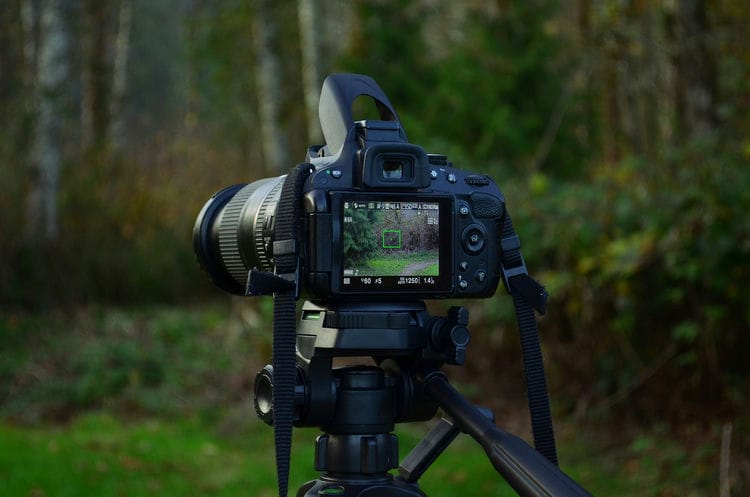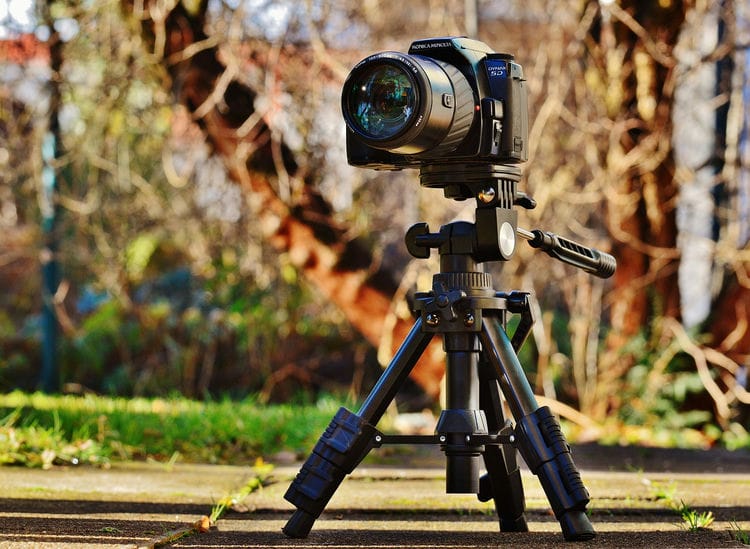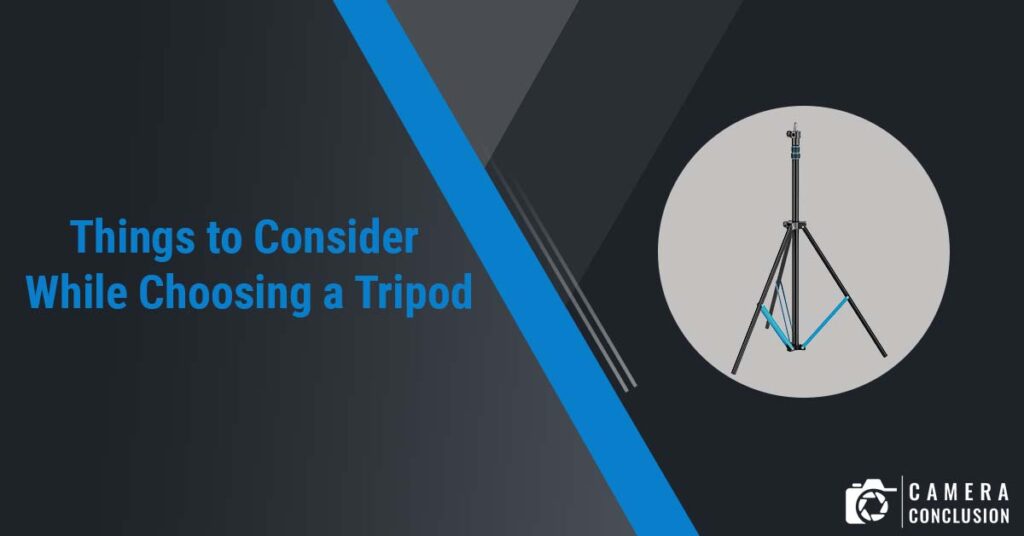Index
When it comes to photography, stability is essential. No matter how steady your hand is, there will always be some amount of shake in your photos when you’re shooting handheld. That’s where a tripod comes in. A tripod is an essential piece of equipment for any photographer, and it’s important to choose the right one for your needs.
While the cost and brand are important factors to consider while choosing a tripod, there are several other factors that you should also take into account. By considering factors such as load capacity, height, stability, weight, material, head type, and compatibility with your camera and accessories, you can choose a tripod that will meet your needs and help you take better photos. In this way, choosing the right tripod can be an investment that pays off in the quality of your images.

Purpose and Usage
- Load Capacity: Make sure the tripod can support the weight of your camera and lens.
- Height: Determine the maximum height you need for your shots.
- Stability: Look for a sturdy and stable tripod to prevent your camera from shaking.
- Weight: Consider the weight of the tripod, especially if you plan to carry it around.
- Portability: Think about how easy it is to pack and transport the tripod.
- Material: Tripods can be made of aluminum, carbon fiber, or other materials, each with its own pros and cons.
- Leg Locks: Choose a tripod with secure leg locks that are easy to use.
- Head Type: Decide on the type of head you need, such as a ball head or pan-tilt head.
- Compatibility: Ensure the tripod is compatible with your camera and accessories.
- Price: Set a budget and choose a tripod that fits within your price range while meeting your needs.
Stability and Durability
- Leg Design: Look for a tripod with sturdy and stable legs, such as those with a wide stance and spiked feet for outdoor use.
- Material: Choose a tripod made of high-quality materials, such as aluminum or carbon fiber, that can withstand wear and tear.
- Weight: A heavier tripod tends to be more stable and less likely to wobble.
- Center Column: Avoid tripods with center columns that cannot be removed, as they can compromise stability and durability.
- Build Quality: Examine the build quality of the tripod, including the joints and locking mechanisms, to ensure they are strong and durable.
- Manufacturer Reputation: Research the reputation of the manufacturer to ensure they produce reliable and durable tripods.
- Load Capacity: Ensure the tripod can support the weight of your camera and any accessories you plan to use.
- Warranty: Check the warranty offered by the manufacturer, as a good warranty can provide peace of mind and ensure the durability of the tripod.
Ease of Use and Flexibility
- Leg Locks: Choose a tripod with leg locks that are easy to use and adjust.
- Height Adjustment: Look for a tripod with easy height adjustment options, such as quick-release levers or a center column that can be raised or lowered.
- Head Type: Decide on a head type that suits your shooting needs, such as a ball head for flexibility or a pan-tilt head for precision.
- Quick Release System: Consider a tripod with a quick-release system to make it easier and faster to attach and remove your camera.
- Portability: Choose a tripod that is easy to transport, such as one that is lightweight and can be folded down to a compact size.
- Versatility: Look for a tripod that can be used in various situations, such as one with adjustable legs and center columns that allow for low-angle shots or overhead shots.
- Compatibility: Ensure the tripod is compatible with your camera and any accessories you plan to use, such as a remote trigger or a smartphone holder.
- Price: Choose a tripod that fits within your budget while offering the features and flexibility you need.

Additional Features
- Monopod Conversion: Some tripods can be converted into a monopod, which can be useful in situations where you need to move around quickly or have limited space.
- Bubble Levels: Look for a tripod with built-in bubble levels to ensure your shots are level and avoid crooked horizons.
- Hooks: Some tripods have hooks on the center column or legs for attaching additional weight, such as a camera bag, to provide extra stability.
- Removable Center Column: A tripod with a removable center column can be useful for low-angle shots and macro photography.
- Swivel Locks: Swivel locks allow you to quickly adjust the angle of the legs, which can be useful in uneven terrain or cramped spaces.
- Spiked Feet: Spiked feet can provide extra grip and stability on soft or uneven surfaces.
- Wireless Control: Some tripods have built-in wireless controls that allow you to adjust the position of the camera remotely, which can be useful for long exposures or self-portraits.
- Weather Resistance: If you plan to use your tripod in wet or damp conditions, look for a tripod that is weather-resistant or has protective coatings to prevent rust or corrosion.
- Built-in Light: Some tripods have built-in LED lights that can be useful for illuminating your subject in low-light conditions.
- Ballast Hook: A ballast hook can be useful for adding additional weight to the tripod to increase stability, particularly in windy conditions.
Cost and Brand
- Load Capacity: Make sure the tripod can support the weight of your camera and any accessories you might use.
- Height: Consider the maximum and minimum height of the tripod, and choose one that suits your needs.
- Stability: Look for a tripod with sturdy legs and a solid center column to ensure stability.
- Weight: Choose a tripod that is light enough to carry with you on your travels, but heavy enough to provide stability.
- Material: Tripods can be made of aluminum, carbon fiber, or other materials, each with their own pros and cons.
- Head Type: Choose a head type that suits your needs, such as ball head, pan-tilt head, or gimbal head.
- Compatibility: Make sure the tripod is compatible with your camera and any accessories you might use.
By taking these factors into account, you can choose a tripod that will meet your needs and help you take better photos.
FAQs
Conclusion
While choosing a tripod, it’s important to consider more than just the cost and brand. Factors such as load capacity, height, stability, weight, material, head type, and compatibility with your camera and accessories should all be taken into account. By carefully considering these factors, you can choose a tripod that will meet your needs and help you take better photos. A tripod is an essential piece of equipment for any photographer, and choosing the right one can make a big difference in the quality of your images.
